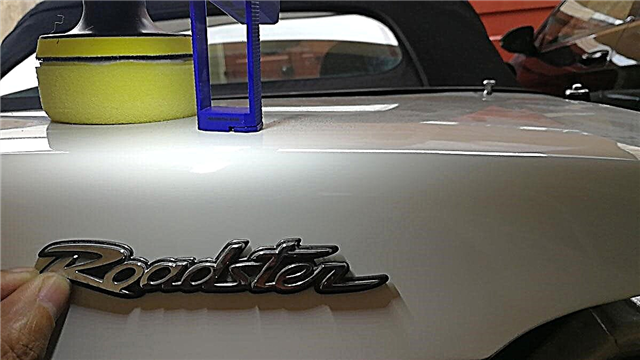
In a densely populated area like ours, car dents are a reality. We can take care of our vehicles as much as possible, but there will be times - whether on the road or in a parking lot - when we collide or get collided with another vehicle.
In the past, dent repair consisted of taking the car to a repair shop and hitting the dent panel at the back to flatten the dent. This process inevitably damaged the paint, and so the entire panel had to be repainted.
The good news is that small dents can sometimes be fixed without knocking the panel out and repainting it. These days, there are various methods for fixing small dents, some of which you can even do yourself at home.
Just be aware that some dent repair methods are questionable, such as the dry ice method. I have seen video evidence online that it works. But not in my case. I went out and found some dry ice, applied heat to the rumpled surface, and then applied dry ice to it. They say that due to a sharp temperature drop, the metal quickly shrinks and a dent pops up. It didn't happen to me. I consider this a myth. Moreover, I felt really stupid even if I tried to do it. What the hell, right? Nothing risked, nothing won.
So, I'm only going to talk about methods that I've tried that have actually worked. The theory behind this repair is that the material wants to return to its original form and all we have to do is coax it back to its original form.making the material more pliable with heat and pushing or pulling the dent back. .
And this is the key to any of the following methods: surface heating is always a good preliminary step, because it makes the material and paint more pliable; otherwise, the denting motion may be so sudden that the paint will crack. Warming the surface before attempting to smooth out the dent will help prevent damage to the paint.
Boiling water on polyurethane bumpers

Most if not all bumpers these days are made from polyurethane plastic. When dents appear on them, they can actually be pushed out. Here's how:
1) Inspect the dented part of the bumper.
Find a place where you can apply force to push the dent out.
2) Pour boiling water over the dented part.
This is done so that the plastic becomes more ductile when heated. Alternatively, you can use a hair dryer or heat gun. It is important that the dented area is sufficiently pliable.
3) Carefully push out the dent.
You should start pushing from the outer edge of the dent, moving towards the middle, moving in a spiral until the dent gets smaller and smaller.Don't start in the middle you will just create a few small dents that will need to be treated.
Suction method

1) Select a suction tool.
You need to find something that can grab the dent from the outside of the panel - either a piston or a suction cup like the one on a car phone holder, depending on the size of your dent. It is important that the piston or suction cup has a handle so that you can pull the dent out.
2) Heat up the dented area, then glue the piston or suction cup to it.
Again, it's a good idea to apply some heat first to make the metal and paint more pliable. You can then attach a plunger or suction cup to the area to pry the dent out.
3) Remember to start at the outer edge and work your way inward.
See #3 in the previous method.
Now, if you feel like you can do it with a certain degree of skill, you can buy tools more suited to the job. They're calleddent removal tools (PDR) . Professionals who do this also make good money. But, like any skill, it requires development. There aren't many people doing this and our local automotive community could definitely use more of these ideas and skills.



